IBM’s Hello Quantum released on Android today. If you’ve always wanted to be a quantum computer programmer, this is the puzzle game for you!
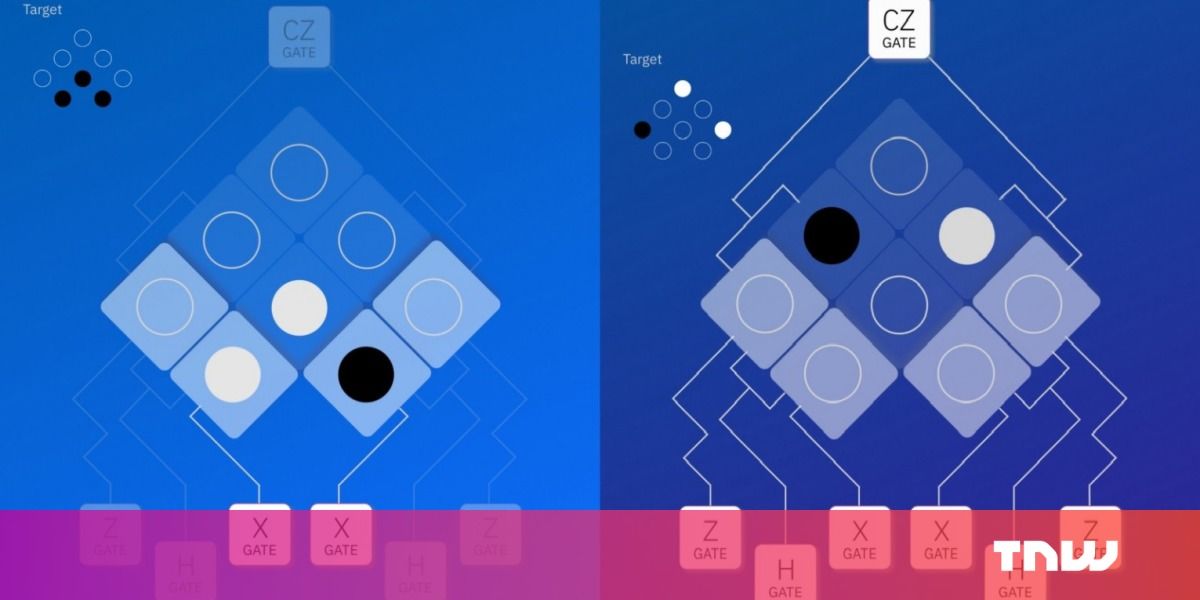

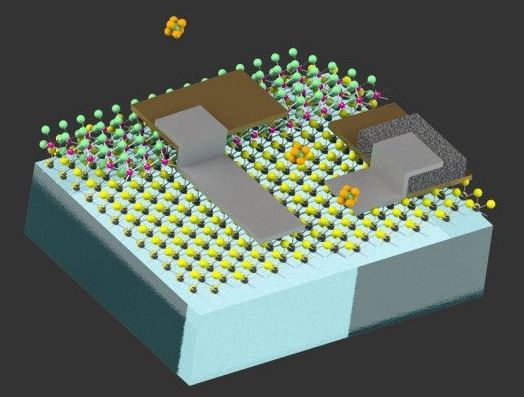
The latest robots out of MIT are small enough to float “indefinitely” in the air. Researchers accomplished the feat by attaching 2D electronics to colloids — tiny particles measuring around one-billionth to one-millionth of a meter. All told, the devices are roughly the size of a human egg cell.
What’s more, the addition of photodiode semiconductors means the tiny individual systems are able to be self-powered, without the need for a battery. The system converts light into a small electrical charge that’s enough to keep the device’s on-board environmental sensors running, while storing on-board information.
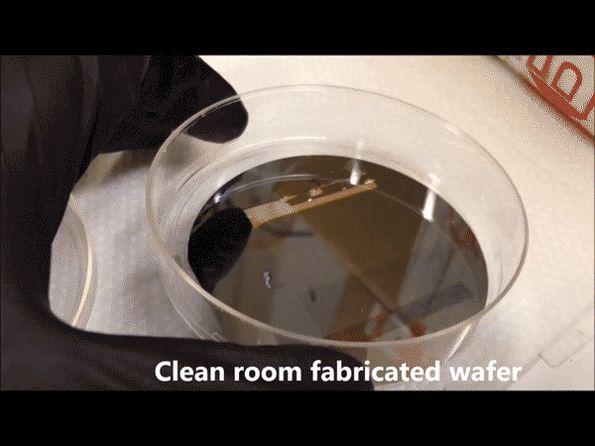
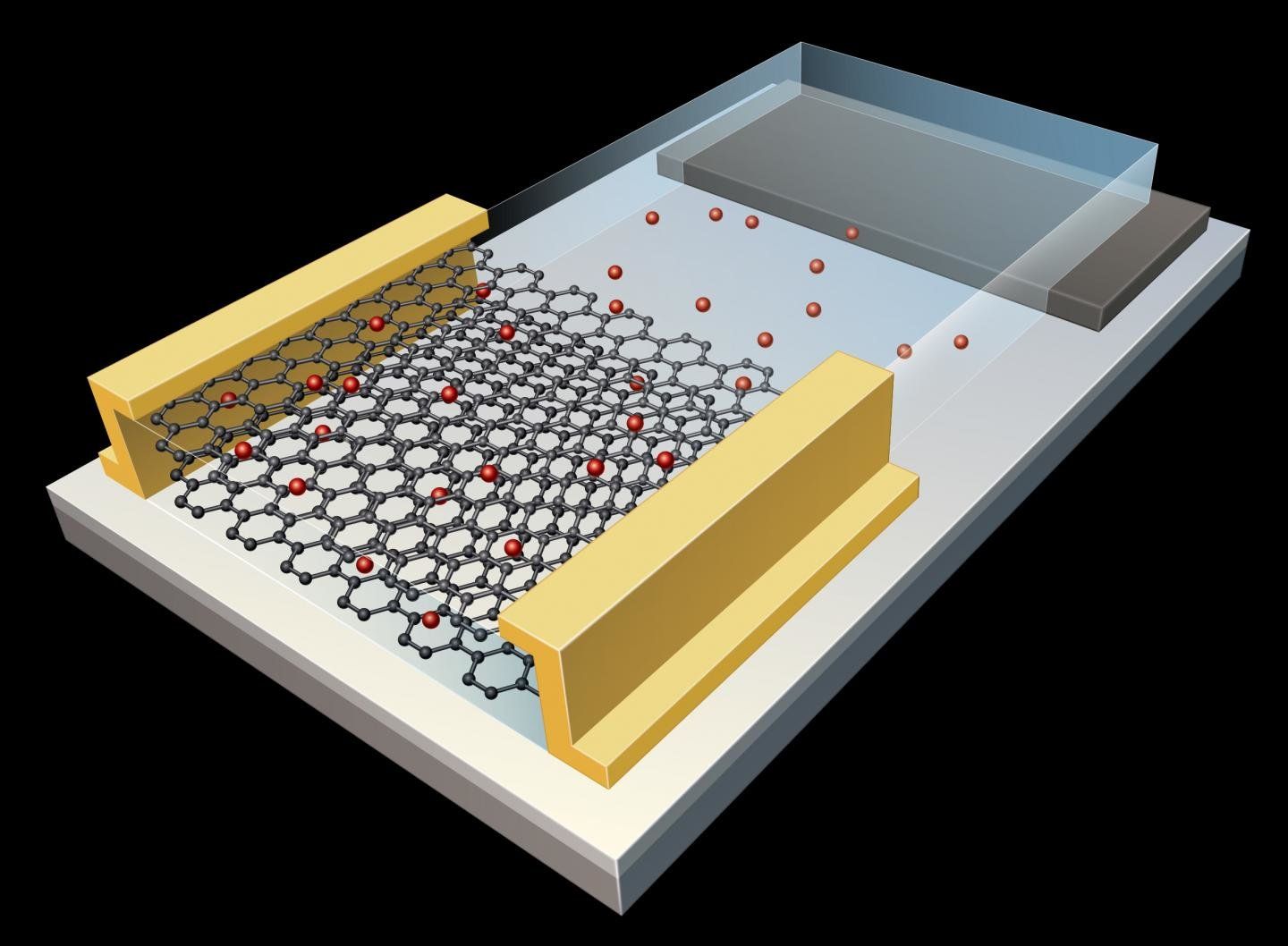
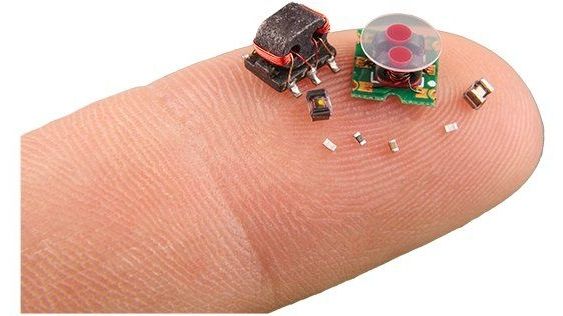
Earlier this month, DARPA announced it is launching a new SHort-Range Independent Microrobotic Platforms (SHRIMP) program. SHRIMP will develop and demonstrate micro-to-milli robotic platforms for scenarios brought on by natural and critical disasters.
As IEEE Spectrum put it, it’s a program to develop “insect-scale robots” for disaster recovery and high-risk environments. The topic is simple enough to understand and it also is obvious that the means of accomplishing these platforms is tough.
DARPA, said its announcement, will be facing the challenge of “creating extremely SWaP-constrained microrobotics.” SWaP refers to size, weight and power.
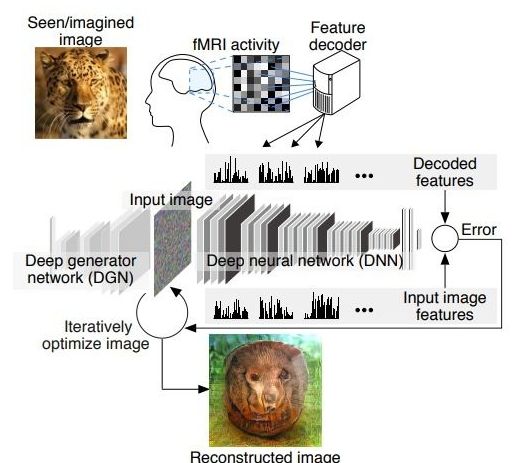
A few days ago, transhumanist author and politician Zoltan Istvan had an article published on The Maven titled “Transhumanism is Under Siege from Socialism.” It was there that he stated, “Transhumanists must favor the free world and free market to make its movement as powerful and successful as possible,” and must equally “be on their guard against[socialism].” I disagree — at least when it comes to the free market.
In order to survive the impending trend of proliferated automation, transhumanists must prepare for a future that is post-capitalist by nature.

I’m excited to share I’ll be speaking/debating at the upcoming #Biohack the Planet 2018 conference in Oakland on Aug 31 & Sept 1. Many interesting biohackers will be there. Tickets are still available and very reasonably priced right now, but they will likely sell out. Hope to see you there! Here’s the speaker list: http://biohacktheplanet.com/2018-speakers/ #transhumanism #biohacker & ticket page: https://www.eventbrite.com/e/biohack-the-planet-2018-ticket…
Bryan Johnson is the founder and CEO of Kernel, OS Fund and Braintree.
In 2016, Bryan invested $100M in Kernel to build advanced neural interfaces to treat disease and dysfunction, illuminate the mechanisms of intelligence, and extend cognition. Kernel is on a mission to dramatically increase our quality of life as healthy lifespans extend. He believes that the future of humanity will be defined by the combination of human and artificial intelligence (HI +AI). In 2014, Bryan invested $100M to start OS Fund which invests in entrepreneurs commercializing breakthrough discoveries in genomics, synthetic biology, artificial intelligence, precision automation, and new materials development. Bryan founded Braintree in 2007, later acquiring Venmo, which he sold to Ebay in 2013 for $800M. He is an outdoor-adventure enthusiast, pilot, and author of a children’s book, Code 7.

Michael Specter is a staff writer at The New Yorker.
Since joining the magazine in 1998, he has written about agricultural biotechnology, the global AIDS epidemic, avian influenza, malaria, the world’s diminishing freshwater resources, synthetic biology, geoengineering, new ways to edit DNA with CRISPR, and the implications of gene drive technology. His profile subjects include: Ingrid Newkirk, the founder of PETA, Dr. Oz, Peter Singer, Vandana Shiva, Miuccia Prada, and Richard Branson. Specter came to The New Yorker from the New York Times, where he had been a roving foreign correspondent based in Rome. From 1995 to 1998, Specter served as co-chief of The Times Moscow bureau. Before working at the Times he was the New York Bureau Chief of The Washington Post.
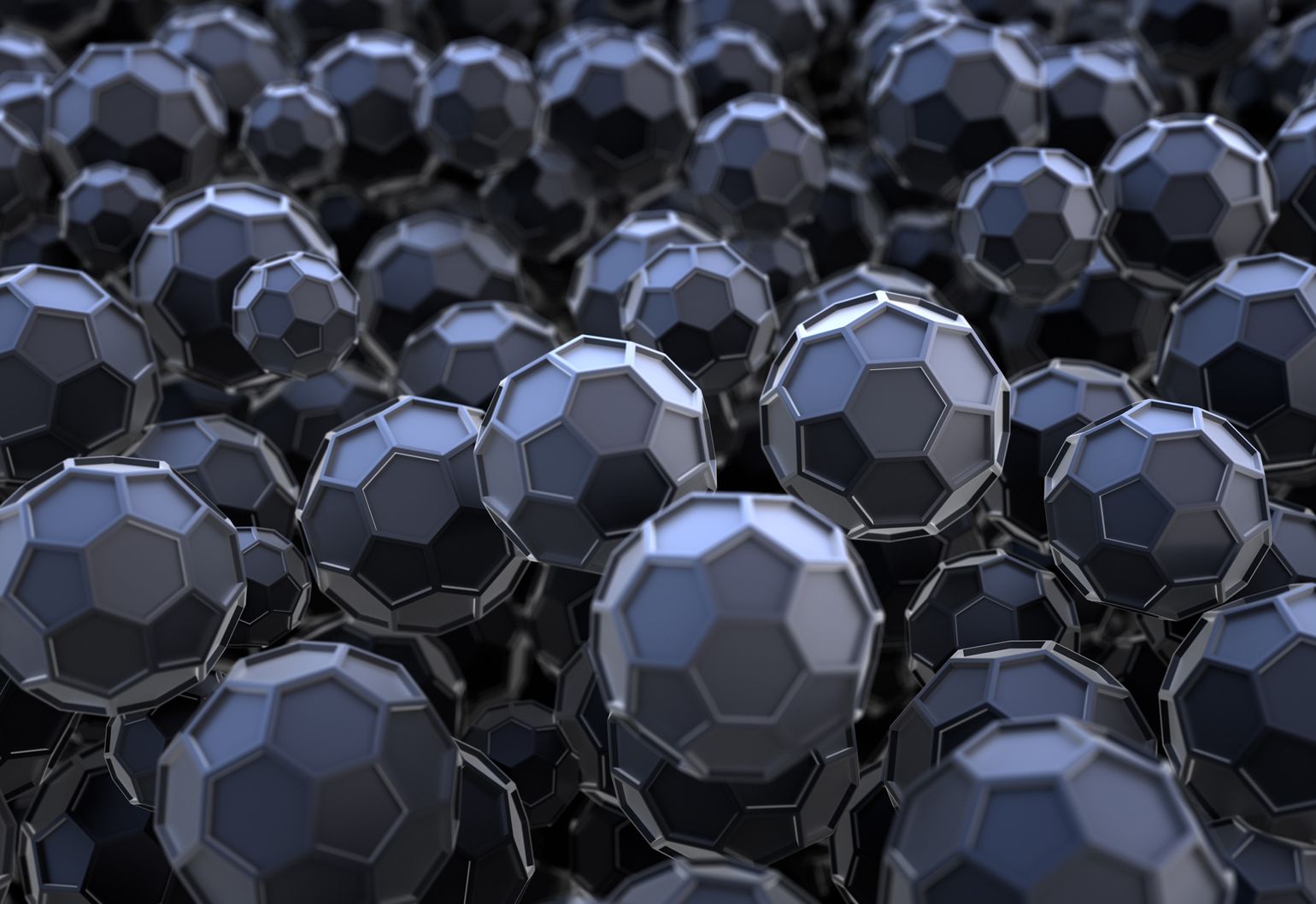
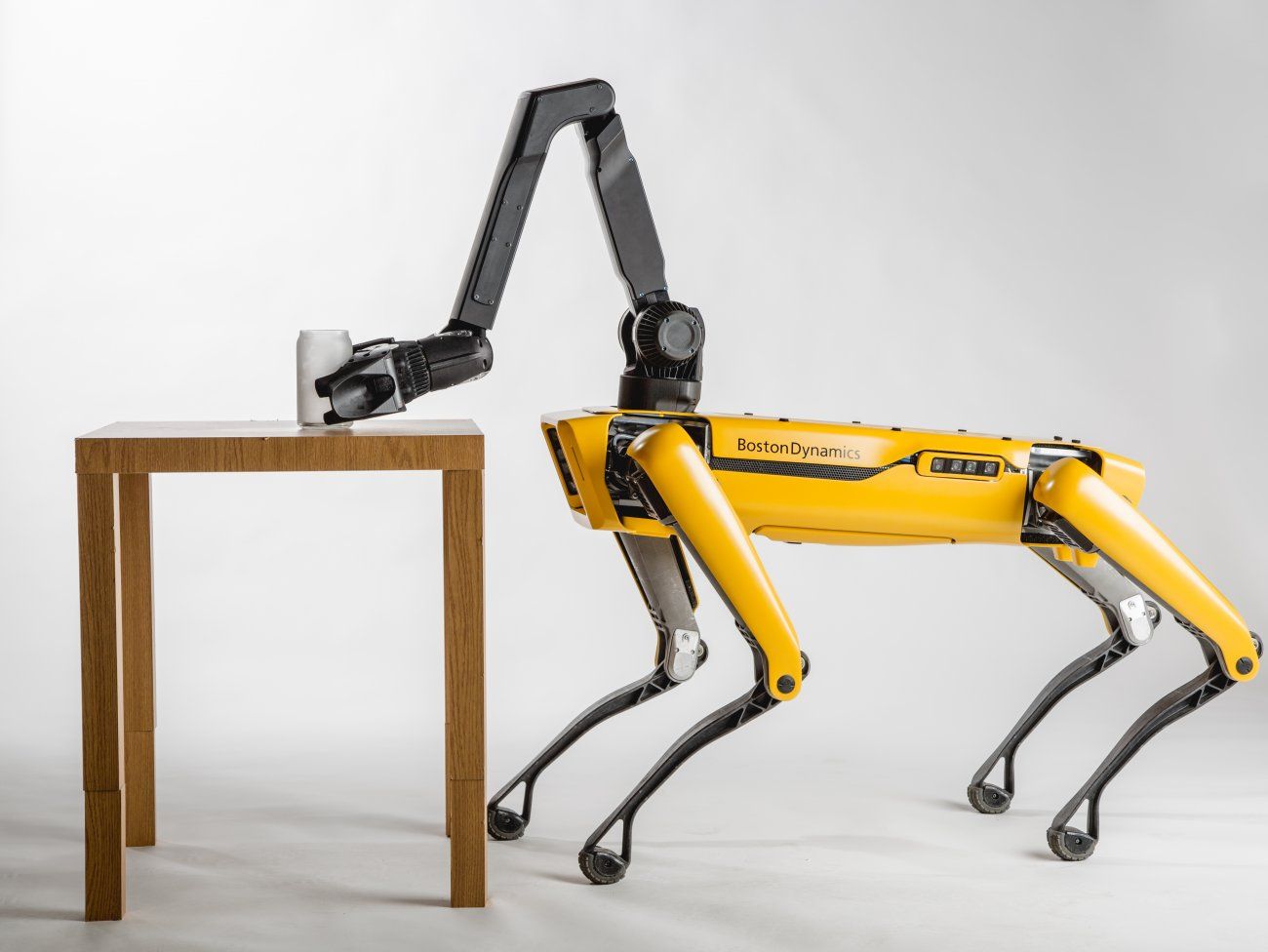
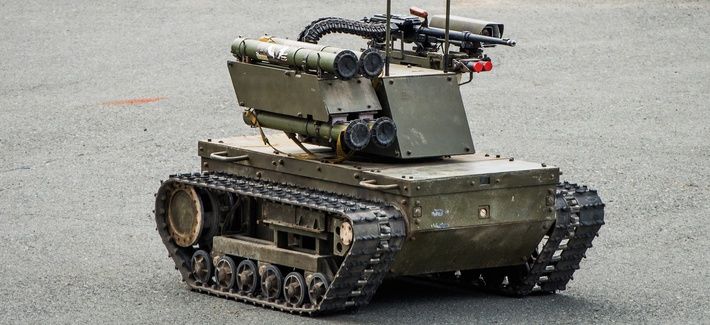
Harking back to Soviet big science, a 10-point plan calls for new organizations and focus areas, from job training to a giant new R&D campus.
The Russian Ministry of Defense is pursuing artificial intelligence with an urgency that has only grown since Vladimir Putin’s “rule the world” speech in September. But after several years of watching American and Chinese researchers accumulate breakthroughs and funding, while Russia continues to lack a relevant high-tech culture, Ministry leaders have decided that if they can’t outspend their global competitors, perhaps they can out-organize them.
So in March, the MOD — along with the Ministry of Education and Science of the Russian Federation, or MES ; and the Russian Academy of Sciences — gathered domestic and international developers and users at a conference intended to take stock of the world’s AI prowess, and develop plans to focus Russia’s academic, scientific, and commercial communities to compete.